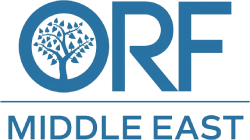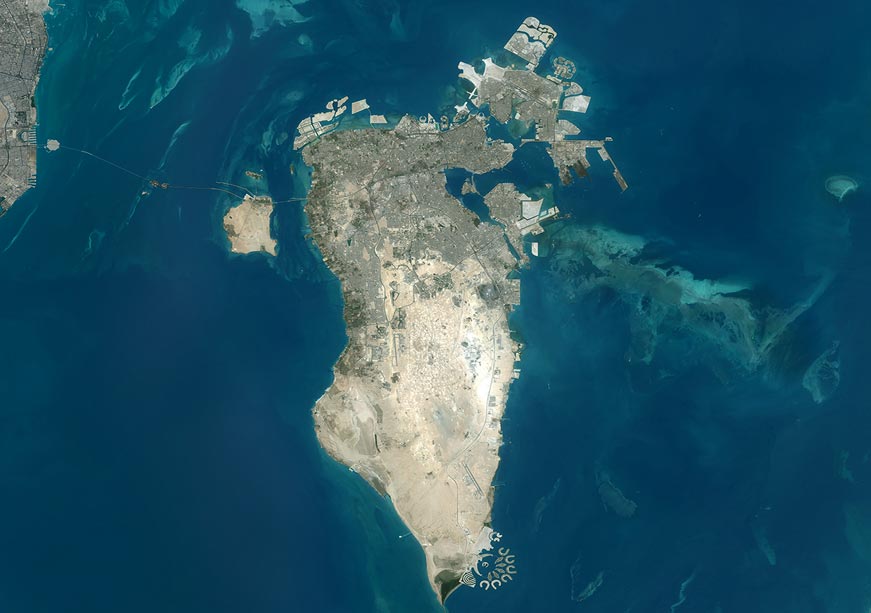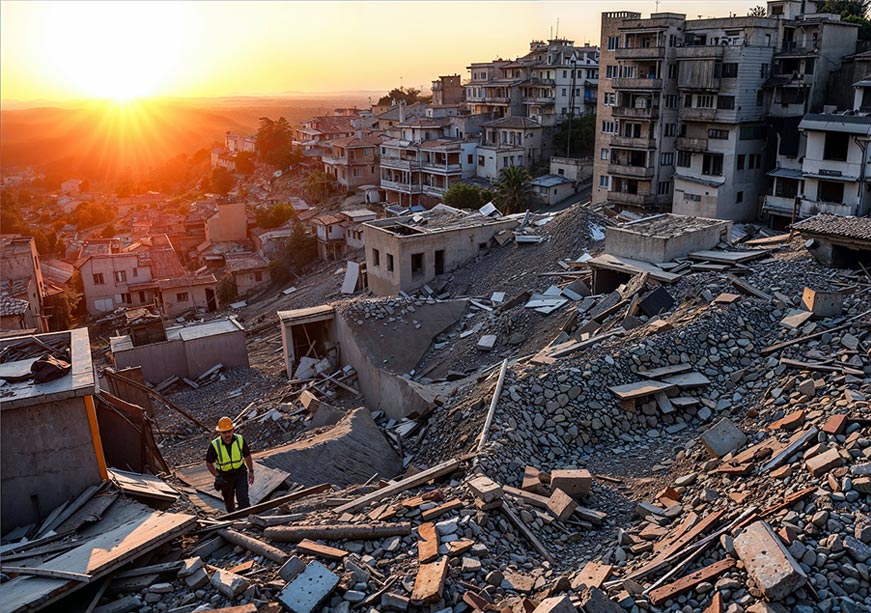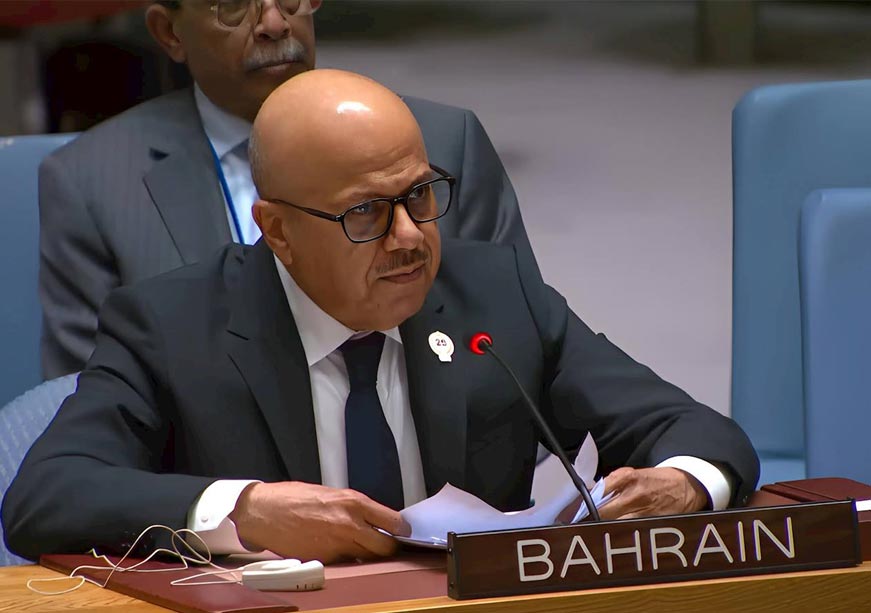The UN and SIDS
The Barbados Programme of Action (BPOA) of 1994, a policy document that emerged from a conference mandated by the UN General Assembly, was one of the first steps towards recognising that Small Island Developing States (SIDS) have their own peculiar vulnerabilities and characteristics. UN Support for this group of states comes through the Office of the High Representative for the Least Developed Countries, Landlocked Developing Countries and Small Island Developing States (UN-OHRLLS). The office mobilises international support and raises awareness about the economic, social and environmental characteristics of these countries.
Bahrain Opting Out
Notably, according to the UN Conference on Trade and Development (UNCTAD), Bahrain was removed from the UN SIDS classification in April 2023 at its own request. The reasons behind this request were not communicated, neither domestically nor on the global stage, despite the potential negative implications for the country. In essence, Bahrain has opted out of the special considerations it had, by acknowledgement of its own Supreme Council for Environment, despite the increased vulnerabilities that it faces and the relatively limited capacities that it has.
The Government of Bahrain may have been convinced by the argument that it does not fit the SIDS classification, as “it is not an island” due to its link to Saudi Arabia via the King Fahd Causeway. However, it ought to be remembered that the causeway is not a natural phenomenon, nor is it invulnerable to political or other crises. The truth is that though it is a connected island, Bahrain shares many of the characteristics of remote islands in the world: it remains small and developing, and vulnerable to climate change. In fact, increases in flooding this century are projected to lead to economic losses of 2.4 percent to 4.3 percent of the Kingdom’s GDP.
Concessionary Financing and SIDS
One of the potential consequences of leaving this grouping is limiting access to concessional funding, which the country needs. This comes as Bahrain’s debt is skyrocketing, with credit rating agencies such as S&P and Fitch downgrading the Kingdom’s outlook. In fact, Fitch projects that the current financing interest costs will rise on the back of a growing debt stock, contributing to the deficit remaining high. Moreover, zero-interest loans from the GCC appear to be at the risk of being revoked, while planned reforms intended to achieve a budget surplus have seemingly fizzled out.
While Bahrain could argue that its Gross National Income Per Capita (GNI-PC) has generally resulted in non-concessionary financing, a new measure being developed by the UN known as the Multidimensional Vulnerability Index (MVI) could change the threshold for concessionary financing. Though it is primarily focused on assisting SIDS countries, most countries, including Bahrain, are included in the index.
Notably, the index consists of two dimensions: “Structural vulnerability”, which is the “risk of a country’s sustainable development being hindered by recurrent, adverse, exogenous shocks and stressors,” and “Structural lack of resilience,” which comes from the “inherent characteristics or inherited capacity of countries to withstand, absorb, recover from or minimize the adverse effects of shocks or stressors.”
Globally, the Median MVI stands at 52.8. The Median MVI amongst 37 SIDS countries stands at 57.04. Bahrain’s MVI, however, is at 60.4. This has less to do with the Kingdom’s structural vulnerability and more to do with its lack of structural resilience. This means that though Bahrain is not vulnerable to repeated crises, it can find it extremely difficult to recover from sporadic ones; In recent years, these have included declines in oil prices, the COVID-19 pandemic, and the 2011 Arab Spring protests, which impacted investment and tourism flows.
One takeaway from Bahrain’s standing on the MVI Index could be that, contrary to conventional logic, its vulnerability to shocks and crises is high. The Kingdom is indeed a Small Island Developing State, and distancing itself from the SIDS classification may prove detrimental.
In fact, Bahrain may find it worthwhile to regularly benchmark itself with other SIDS countries, rather than focusing solely on neighbouring Arab countries. There are numerous lessons that SIDS countries’ economic strategies have for Bahrain, as they share many characteristics with the Kingdom.
Conclusion
While Bahrain’s decision to opt out of the SIDS classification may have been driven by image considerations, the long-term strategic costs should not be overlooked. With mounting environmental and fiscal pressures as well as limited resilience to external shocks, Bahrain stands to gain more by embracing its identity as a Small Island Developing State than by distancing itself from the classification. Rejoining or realigning with the SIDS grouping could improve access to concessional finance. As global vulnerability and sustainability measures like the MVI gain traction, strengthening Bahrain’s case for special support, the best path forward for the Kingdom may lie not in separation but in solidarity.
Mahdi Ghuloom is a Junior Fellow, Geopolitics at the Observer Research Foundation (ORF) – Middle East.












